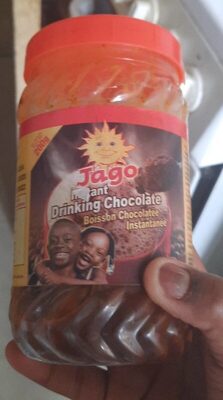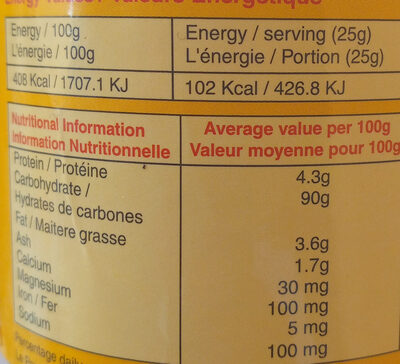Boisson chocolatée - Jago - 200g
This product page is not complete. You can help to complete it by editing it and adding more data from the photos we have, or by taking more photos using the app for Android or iPhone/iPad. Thank you!
×
Barcode: 4897052891900 (EAN / EAN-13)
Quantity: 200g
Packaging: Plastic
Brands: Jago
Categories: Beverages and beverages preparations, Beverages, Cocoa and its products, Beverage preparations, Cocoa and chocolate powders, Instant beverages, Chocolate powders, Sweetened beverages
Origin of ingredients: India
Manufacturing or processing places: Inde
Link to the product page on the official site of the producer: http://thegbfoods.com
Countries where sold: Togo
Matching with your preferences
Environment
Carbon footprint
Packaging
Transportation
Report a problem
Data sources
Product added on by akeamazan
Last edit of product page on by roboto-app.
Product page also edited by aquilax, chevalstar, ecoscore-impact-estimator, kiliweb, moon-rabbit, off.ea915e58-704d-4a44-906f-23924e8693eb, openfoodfacts-contributors, packbot, yuka.sY2b0xO6T85zoF3NwEKvln5CecDdizLcPiXluErX3PGvf8foXfVb_4TGb6o.








